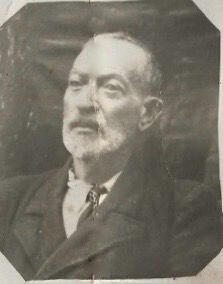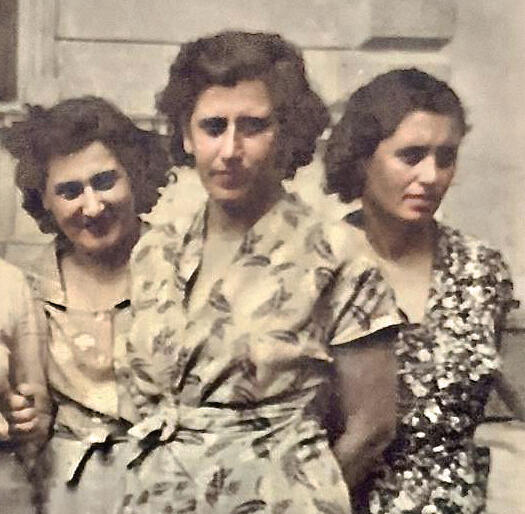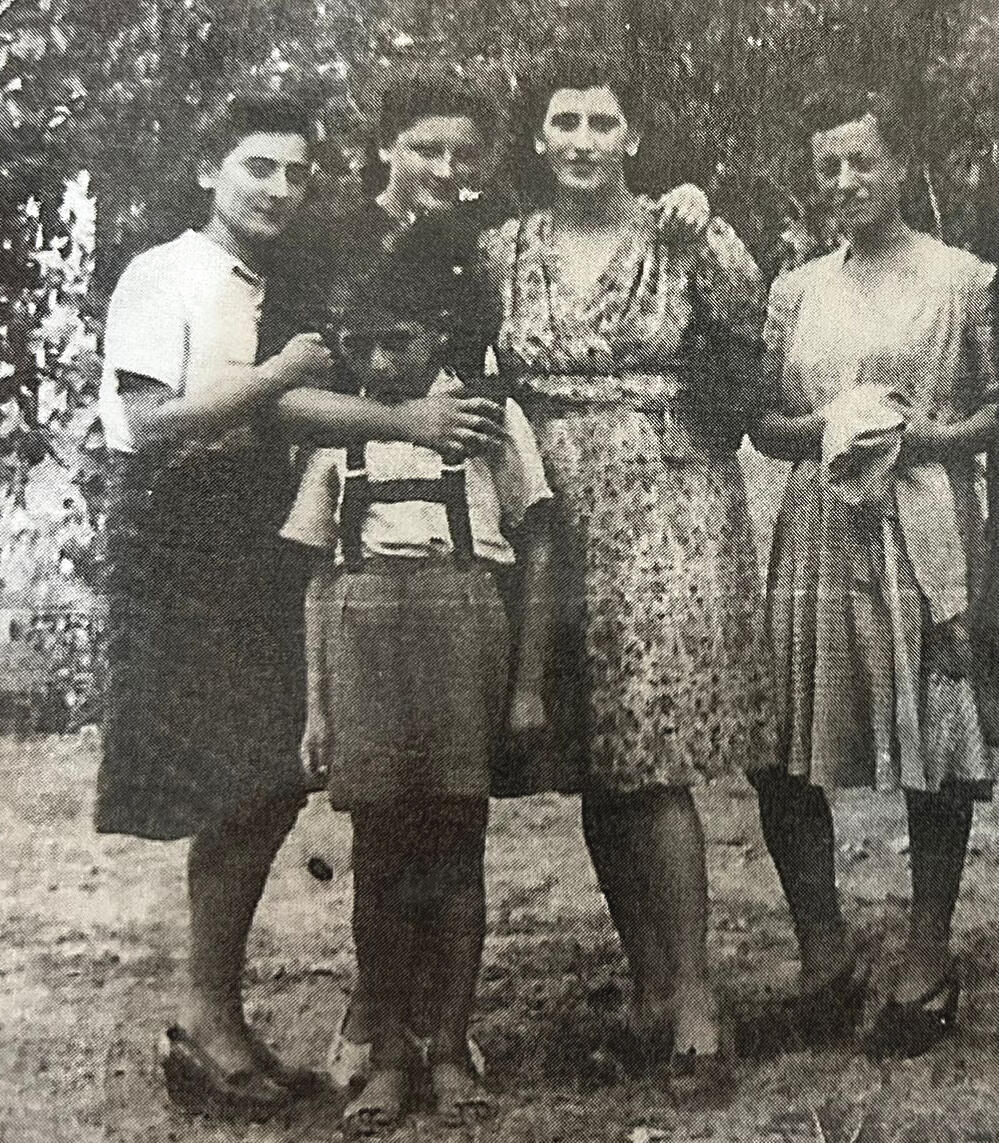At the end of the 19th century, Moshe Leib Kalmanovich, a Jewish tailor from the town of Botosani in Romania, established a textile factory for men's clothing. Similar to the role of a butcher or a scribe, Jewish tailors in the Diaspora flourished in the occupation that circumvented the prohibition of shatnez - the biblical prohibition against wearing wool and linen together.
In due time, his daughter Sarah fell in love with one of the townspeople, Yitzhak Abramovich, an orphan, but the family objected to their romance. Eventually, the love softened Moshe Leib’s heart, who decided to adopt Yitzhak and offered him to integrate into the family business. He was sent to study fashion design in the fashion houses of Paris, and was promised that after he returned from his studies, he would be able to marry Sarah.
Upon Yitzhak's return from Paris, he entered the clothing business in Botosani and opened another factory with his father-in-law, Kalmanovich. Meanwhile, Sarah and Yitzhak raised a family of seven children: two sons and five daughters. Their eldest daughter, Dora, like her father, was sent to study fashion design and tailoring, to pass on her professional knowledge to her younger sisters and to develop the family business.
Later on, she would establish the women's fashion line in the family factory, specializing in high fashion designs and evening dresses for women sold in boutiques and stores throughout Romania. Of the five sisters, besides Dora, two other sisters worked in the business: Adela and Yehudit, who recently celebrated her 94th birthday, and whose sharp memory assisted in providing details for this article.
With the outbreak of World War II, the family’s factories were confiscated by the Nazis, and the family members were concentrated in the ghetto in Botosani, along with about 11,000 Jews in the city, the second-largest Jewish community in Romania.
Since the Abramovich sisters were known for their sewing skills, the mayor's wife decided to open a small workshop where the sisters were employed and required to sew dresses from morning until night for the Nazi officers' wives.
They were promised that in exchange for their work, they would receive food rations, allowing the family to maintain proper nutrition throughout the years of the war. Another promise they received and was fulfilled was that the family members wouldn’t be sent to the death camps. Thanks to their designs and clothes tailoring, the three sisters saved the family.
This family story is told by Galit Freiman Levi, Adela Markovitz’s granddaughter, in the studio space of the Adel Mark fashion house that she established in 2012 with her and her partner Iris Levi Freiman's names. Just three weeks before her death at the age of 94, Markovitz got to see the initial sketches of the designs.
"Their story during World War II demonstrated the absurd gap between life in the ghetto and the clothes they sewed for the celebrations and balls for the Nazis’ wives. But that's what saved the family, they all survived because of it," Freiman says as she presents pictures of the family in the days before World War II. "None of the family members from my mother’s side were sent to the death camps. My father’s family were all murdered in Poland."
The story of the Kalmanovich-Abramovich family is one of many among Jews who saved themselves through work in the textile industry during the Holocaust. In Poland’s Lodz ghetto, for example, over 100 workshops and textile factories were active, including spinning and weaving mills, shoe production shops, leather processing factories, furriers, and more.
With the help of this work, they hoped their lives would be saved. The intimate workshop that Freiman describes resembles more the haute couture workshop established in Auschwitz by Hedwig Höss, the wife of the Nazi station commander Rudolf Höss.




